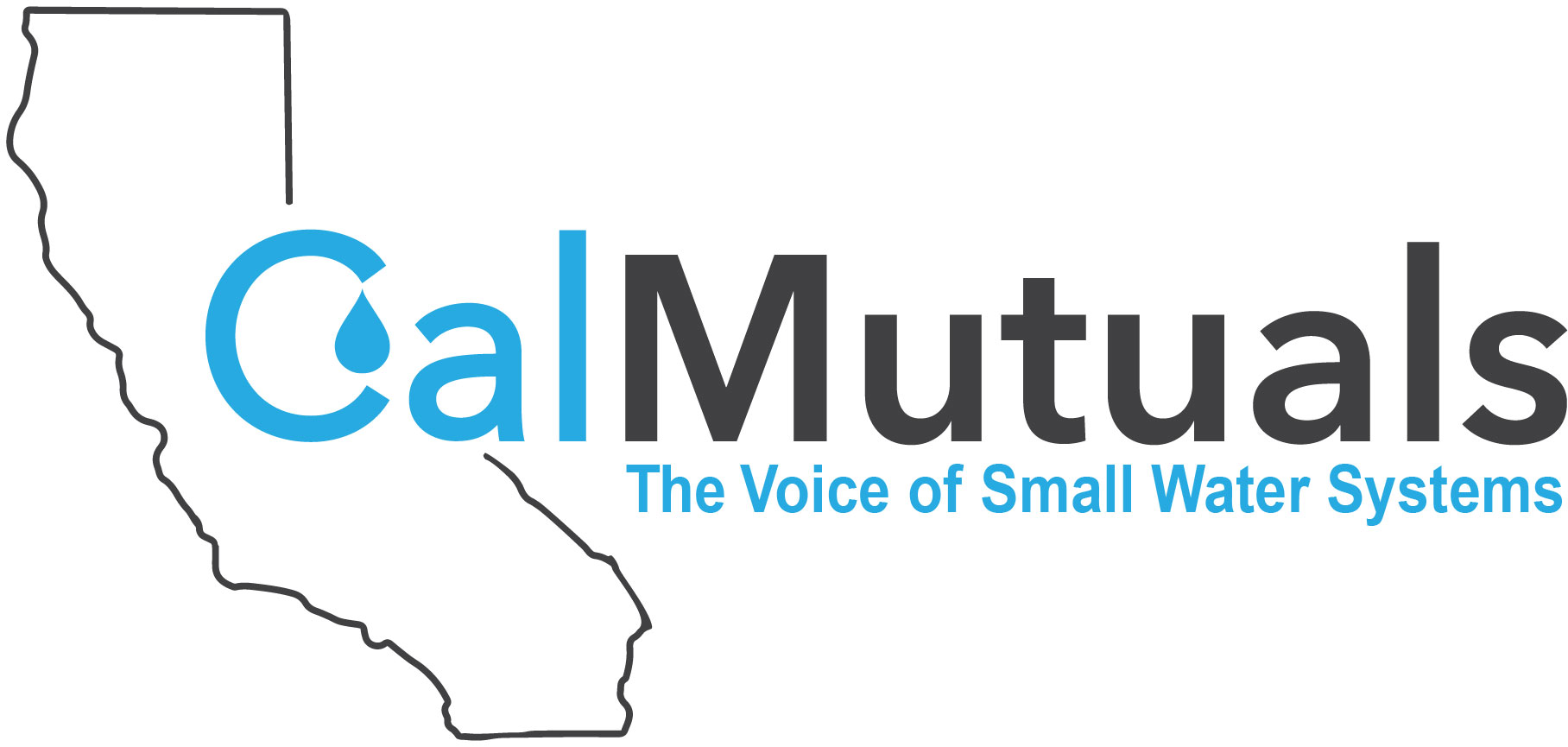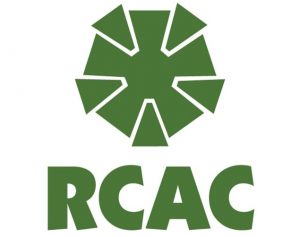Webinar | Asset Series: Capital Improvement Plans & Google Earth Mapping (Part 1: Capital Improvement Plans)
Webinar OnlyThis course is now offered as an online training. It is recommended to take both parts on the same day. Part 1, Capital Improvement Plans will take place from 10:00am to 12:00pm and Part 2, Google Earth Mapping will take place from 2:00pm to 4:00pm. Please follow the links below to register for each part separately. For a water utility, asset management plays a significant role in overall financial performance. Mapping a water system’s assets can greatly assist with developing an asset management plan. Participants will receive a step-by-step tutorial on how to get started developing capital improvement plans. Participants will learn: The basics of asset management How to inventory your system Why asset management reduces costs Spreadsheet templates and other resources available to manage assets

